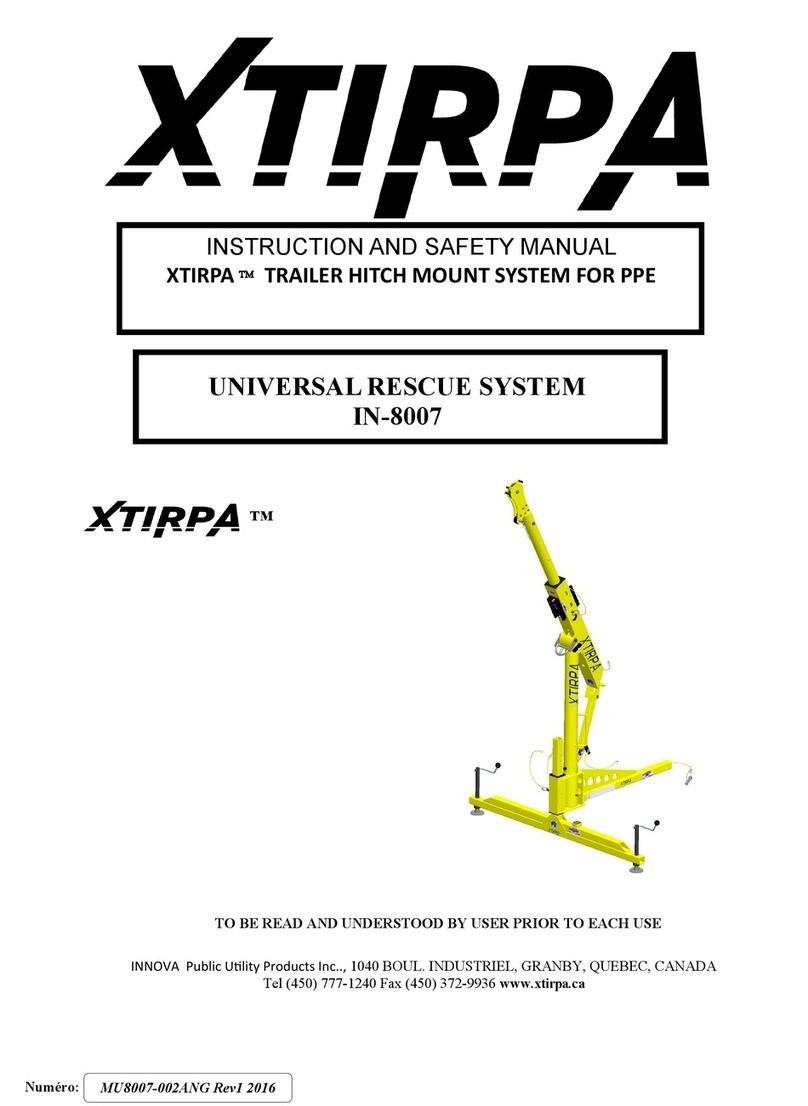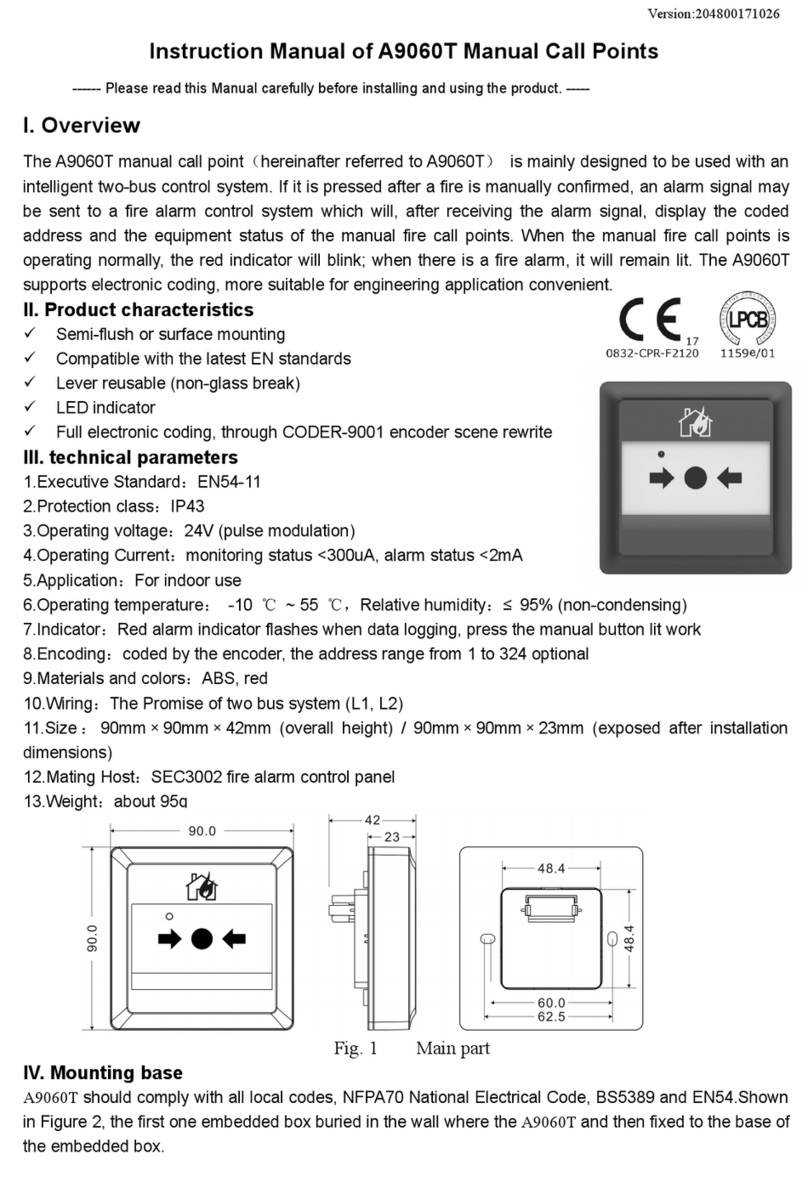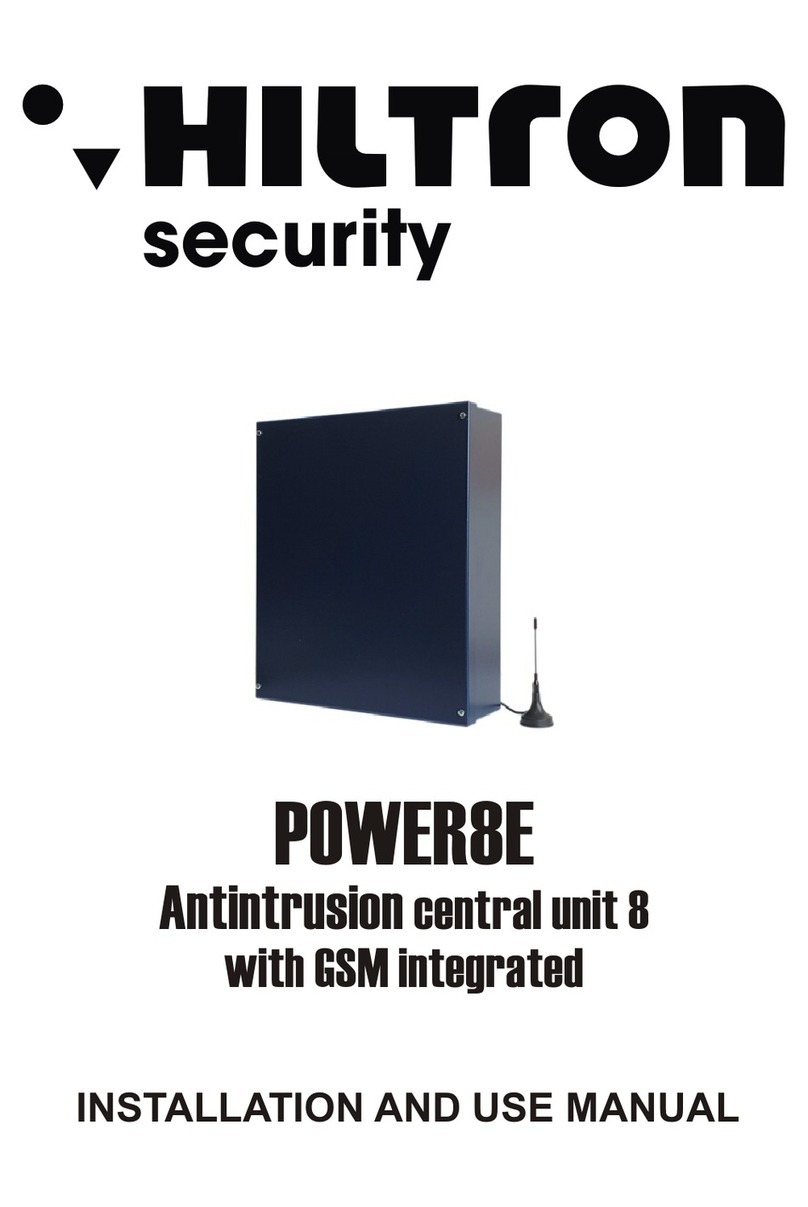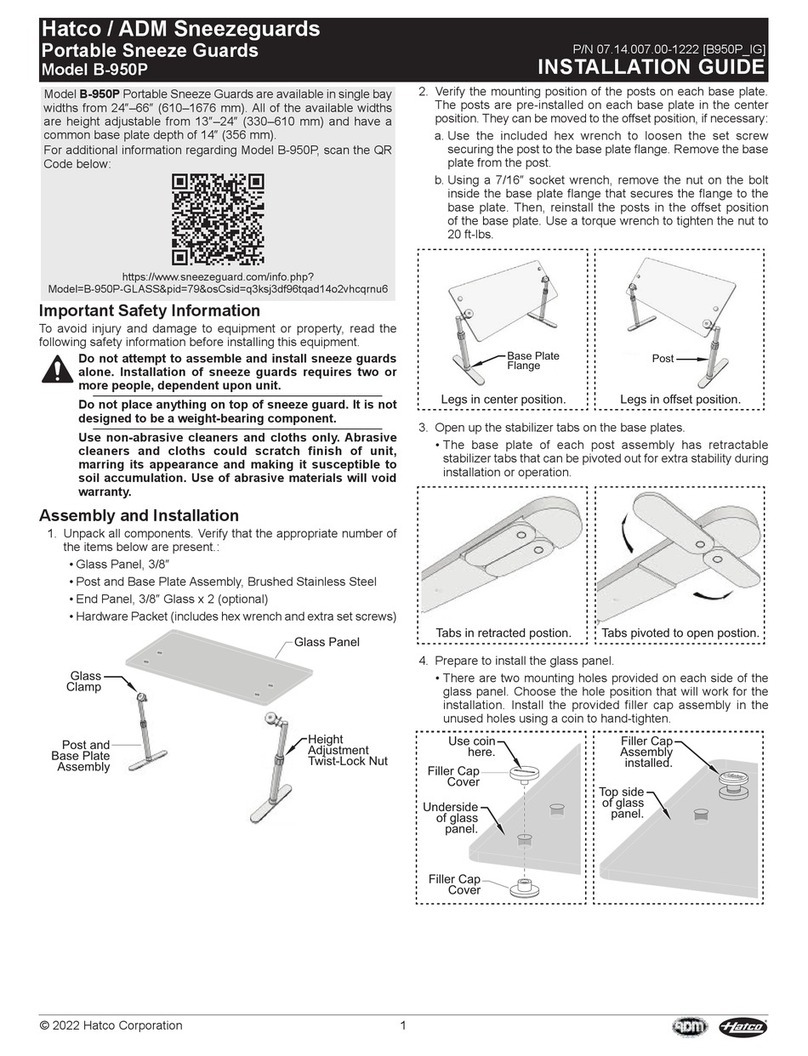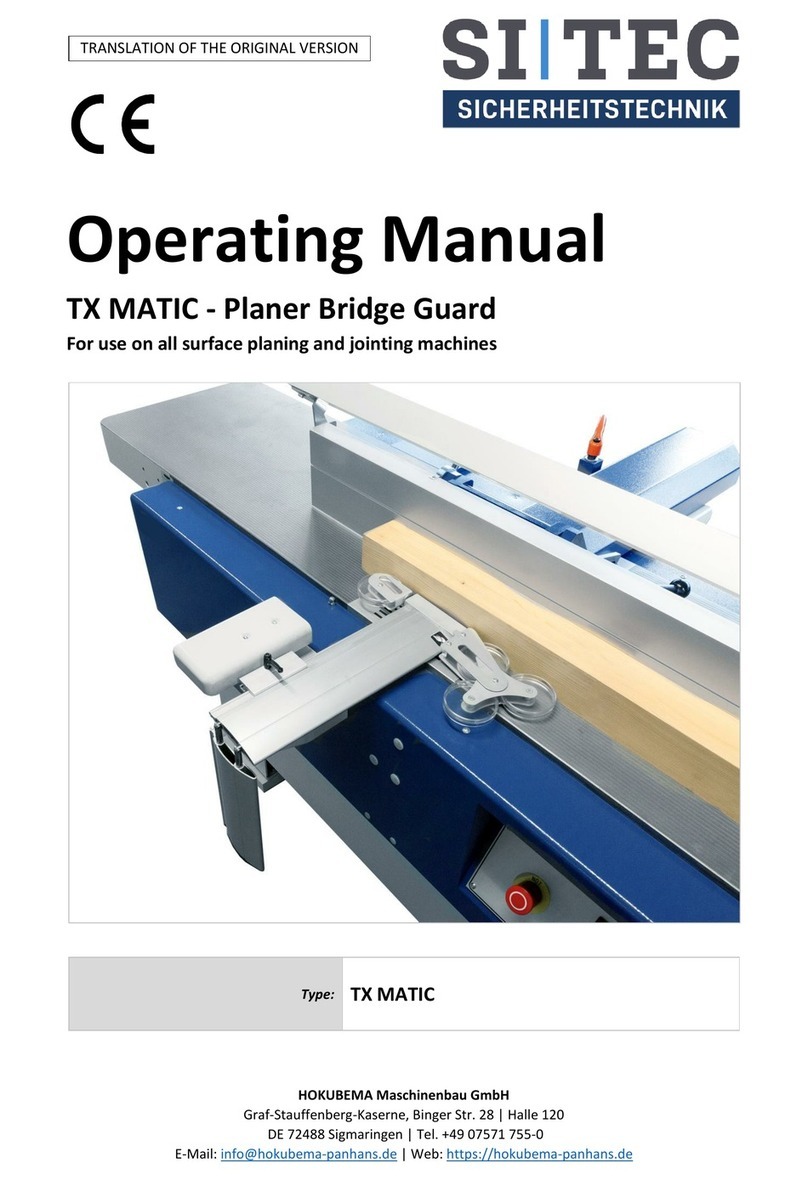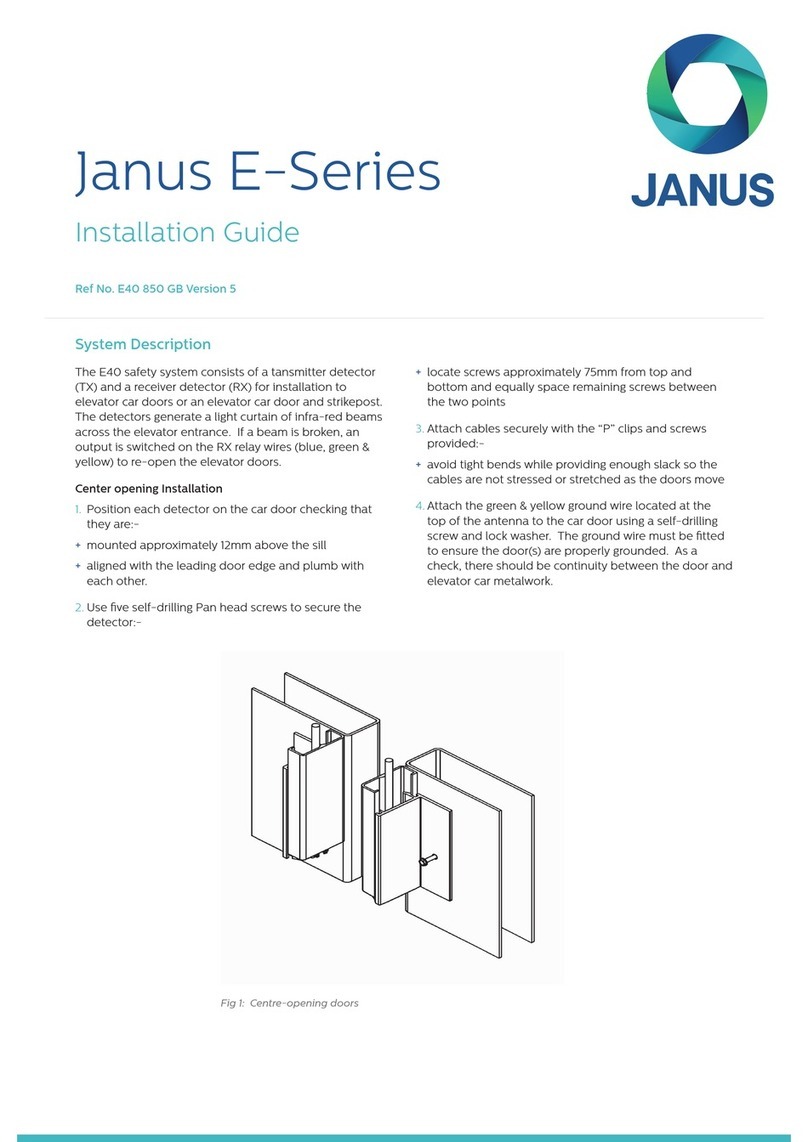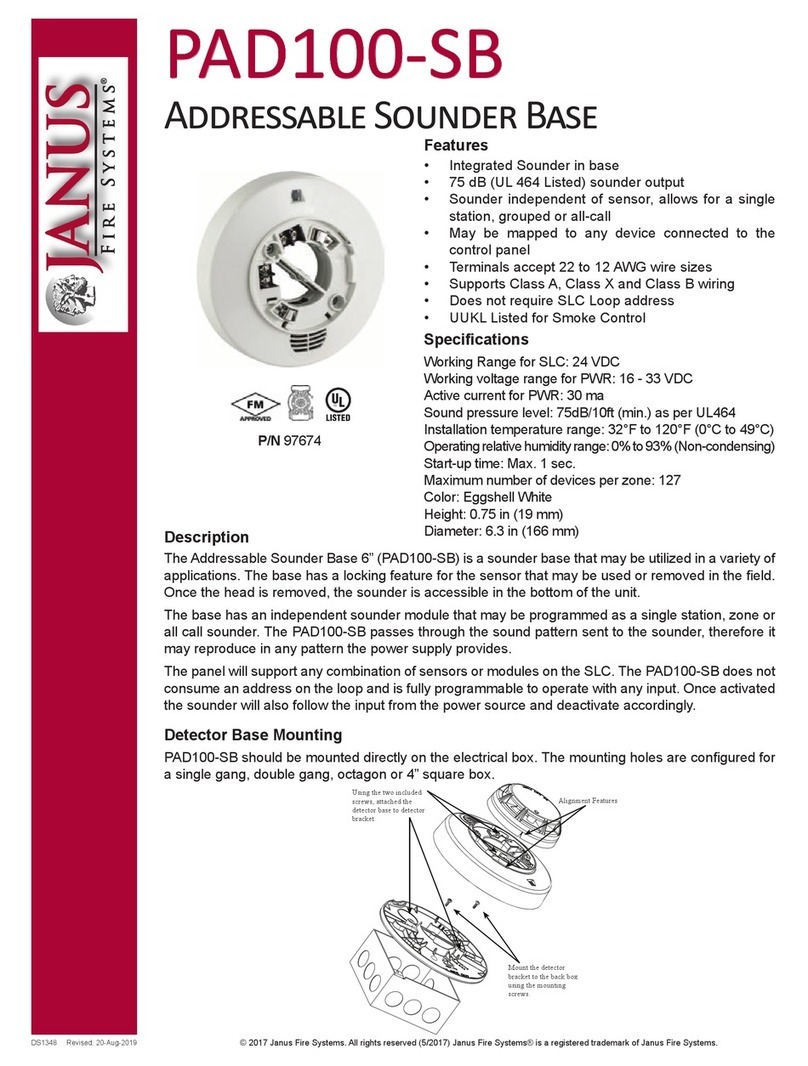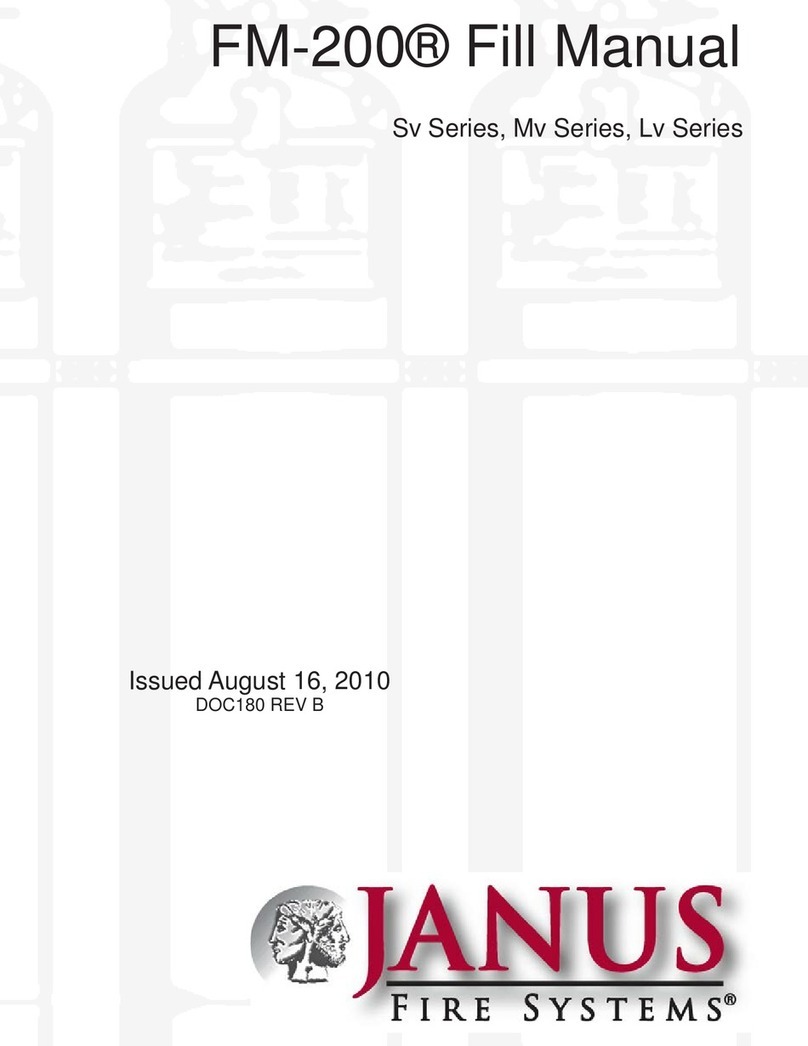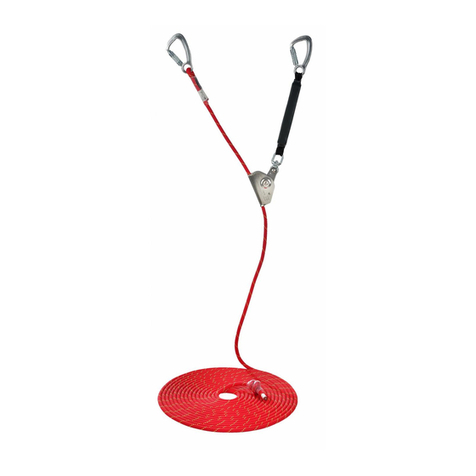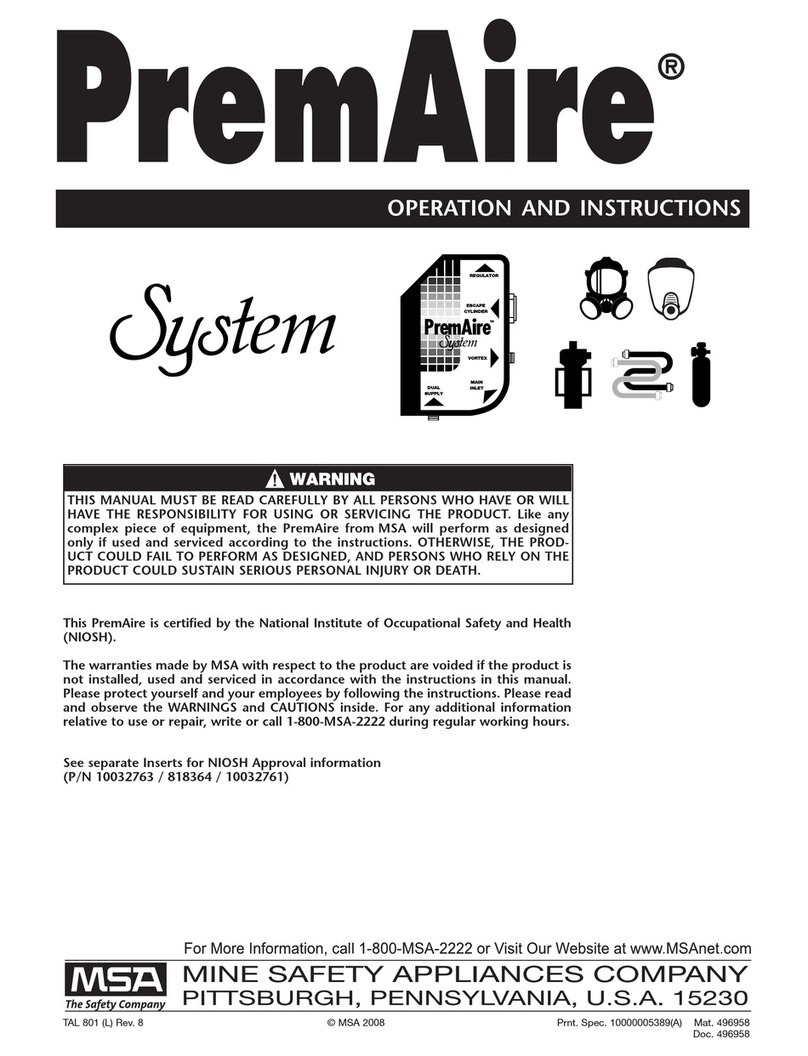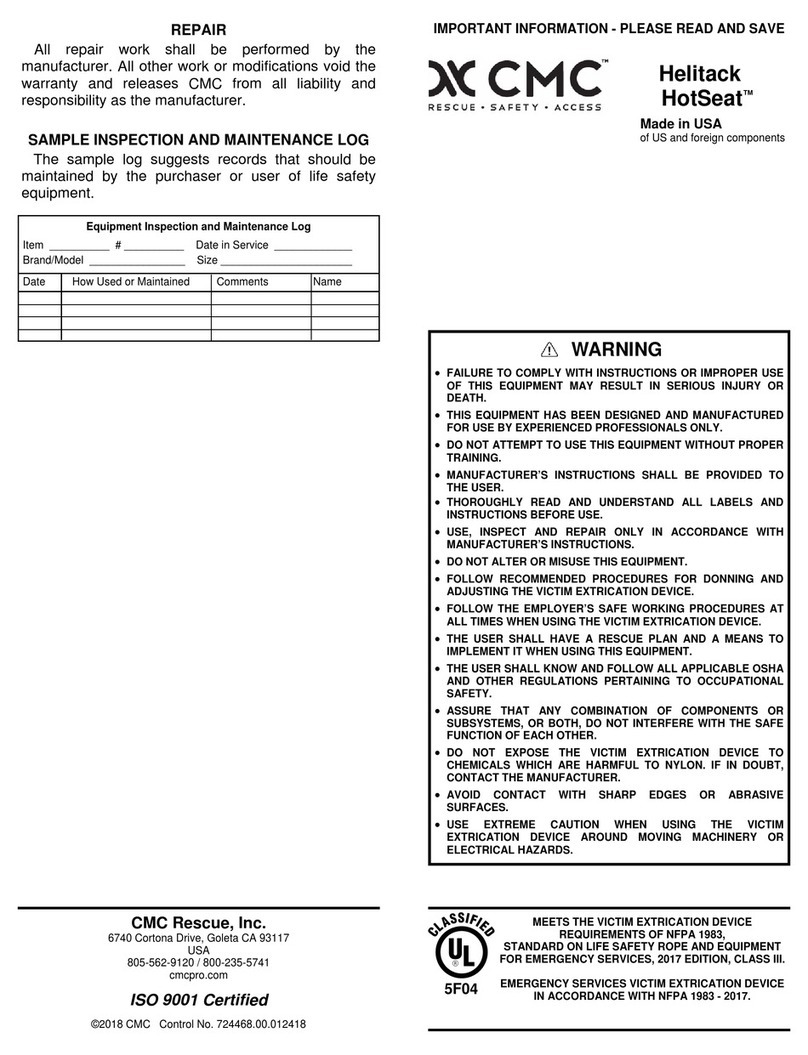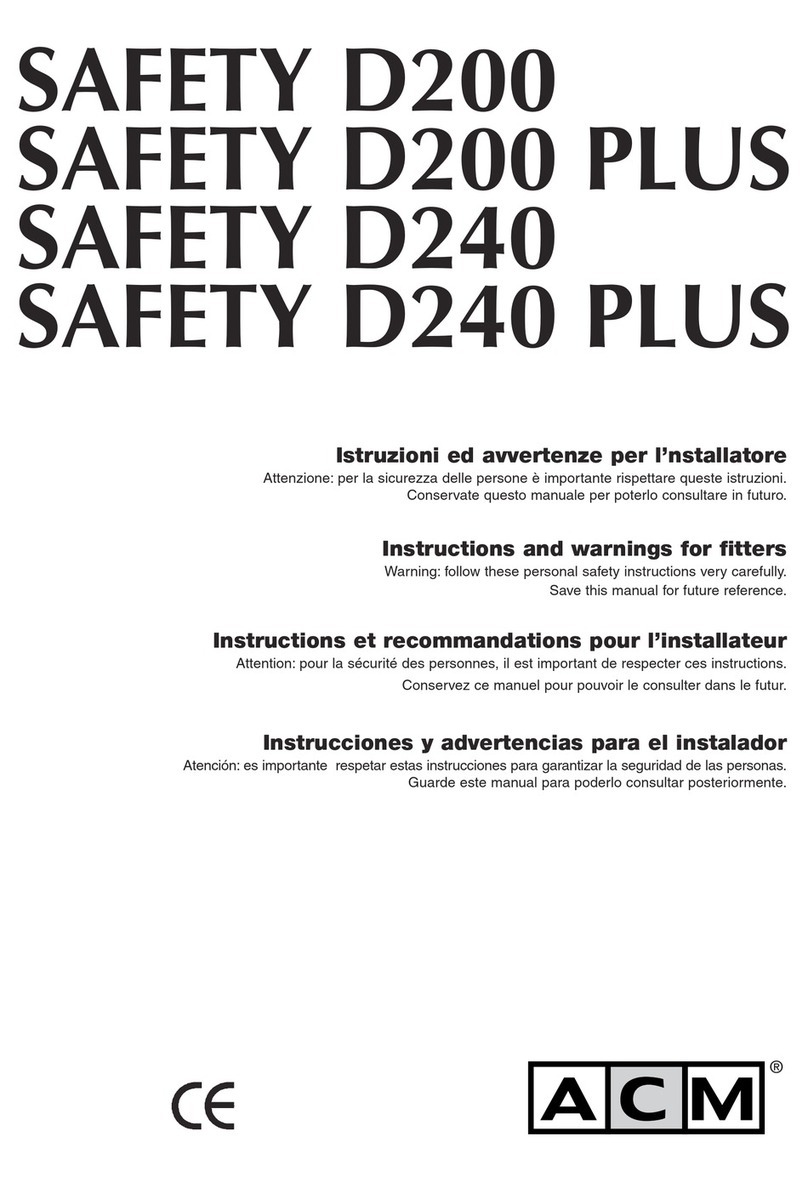
Page: 1
REFILL MANUAL FOR 3M™ NOVEC™ 1230 FIRE PROTECTION FLUID
Revision E Document # DOC181
Issued: May 31, 2011
Revised: June 23, 2020
Section 1 General Information
1 GENERAL INFORMATION
is manual describes the procedure for recharging/refilling Janus Fire Systems® Sv Series, Mv Series, and
Lv Series cylinder assemblies with Novec 1230 Fire Protection Fluid.
1.1 Listings and Approvals
To maintain FM Approval for Janus Fire Systems® Fire Suppression Systems, cylinder recharge must be
performed at a Janus Fire Systems® recognized facility.
1.2 Extinguishing Agent
Novec 1230 fluid (FK-5-1-12) is formed from the elements carbon, fluorine and oxygen (CF3CF2C(O)
CF(CF3)2 - dodecafluoro-2-methylpentan-3-one). e primary extinguishing mechanism of Novec 1230
fluid is heat absorption, with a secondary chemical contribution from the thermal decomposition of Novec
1230 fluid in the flame. Novec 1230 fluid leaves no residue and is safe for use in occupied spaces.
Novec 1230 fluid is a highly fluorinated ketone containing no chlorine or bromine. As a result, the Ozone
Depletion Potential (ODP) for Novec 1230 fluid is zero, meaning it has no effect on stratospheric ozone.
Novec 1230 fluid has an atmospheric lifetime of 0.014 years. It has a Global Warning Potential of 1.
Janus Fire Systems® Engineered Fire Suppression Systems store Novec 1230 fluid as a liquid in steel
cylinders. e liquid Novec 1230 fluid is superpressurized with nitrogen to 360 psig (24.8 bar) at 70°F
(21.1°C). When discharged, Novec 1230 fluid is atomized at the discharge nozzles and becomes thoroughly
mixed with the air throughout the protected area reaching a predetermined design concentration.
NOTE: Bulk Novec 1230 fluid must be purchased from Janus Fire Systems and must bear the UL and FM
marks on the container.
1.3 Safety Considerations
All safety guidelines contained in this manual must be read and understood before filling any Janus Fire
Systems® cylinder. All applicable guidelines shall be followed before, during, and after the fill procedure
including any additional local standards or regulations determined by the authority having jurisdiction
(AHJ). Where the guidelines in this manual and local guidelines or regulations conflict, the most stringent
requirement should be followed.
ose individuals responsible for the filling of a Janus Fire Systems® cylinder assembly with Novec 1230
Fire Protection Fluid must be trained.





